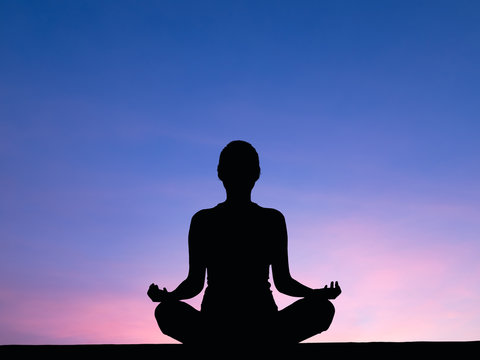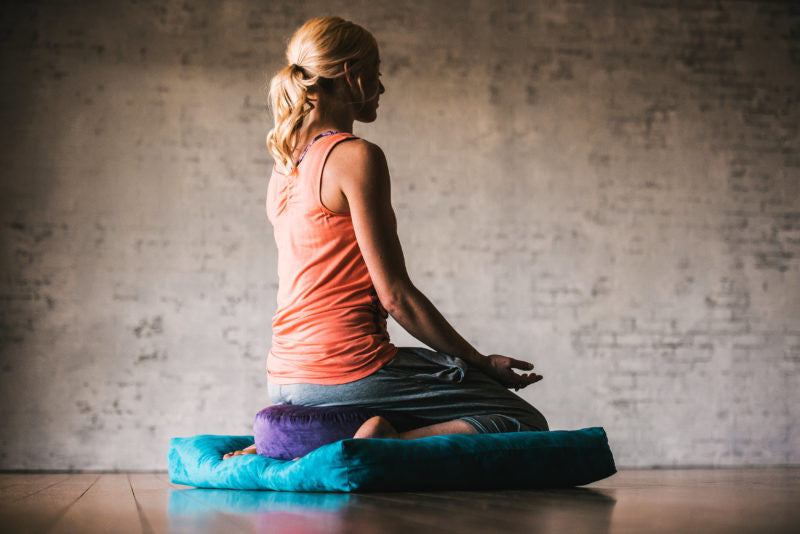How to Meditate: A Detailed Strategy to Getting Mindfulness and Calm
Reflection offers as an effective device for achieving mindfulness and psychological calm in a fast-paced globe. By comprehending the basic concepts and methods entailed in meditation, individuals can cultivate a method that enhances their general well-being.
Recognizing Meditation
Understanding reflection involves comprehending its fundamental principles and strategies, which function as the foundation for the practice. At its core, reflection is a psychological workout intended at advertising relaxation, constructing interior power, and developing compassion and understanding. The practice encourages people to focus their interest, often through methods such as deep breathing, visualization, or concept repeating.
Meditation can be categorized into numerous styles, including mindfulness, transcendental, and loving-kindness reflection, each with unique purposes and methods. Mindfulness meditation highlights present-moment recognition and non-judgmental monitoring of feelings and ideas, while copyright involves using details rules to go beyond normal mind. Loving-kindness meditation focuses on creating a perspective of love and compassion in the direction of oneself and others.
No matter the strategy utilized, the key goal stays consistent: to grow a much deeper understanding of the mind and its patterns. This self-awareness fosters emotional durability, clearness of thought, and a profound feeling of calmness (How to meditate?). By comprehending these principles and methods, people prepared for a successful reflection technique that can considerably boost their overall well-being
Planning For Your Practice
Before beginning your reflection practice, it is important to produce an atmosphere conducive to focus and relaxation. Select a silent area where you are not likely to be interrupted. This might be a corner of an area, a garden, or any place that evokes a feeling of tranquility. Guarantee that the location is totally free and clean of clutter, as a neat setting can aid clear the mind.
Consider the illumination, as natural light can boost your mood and power. Soft, warm illumination is typically more relaxing than extreme fluorescent lights. Furthermore, pick a comfortable temperature level, ensuring that you are neither also hot nor also chilly.
Incorporating aspects that advertise serenity can better enhance your experience. This may consist of soft cushions or coverings for comfort, in addition to relaxing aromas from essential oils or scent. It can likewise be valuable to have actually a timer established for your reflection session to avoid diversions from clock-watching.
Standard Meditation Techniques

Another efficient technique is body scan reflection. This includes mentally checking your body from head to toe, noticing any kind of areas of stress or discomfort and knowingly relaxing those muscular tissues. This method fosters a deeper connection in between your mind and body.
Last but not least, loving-kindness meditation concentrates on cultivating empathy towards on your own and others. Calmly repeat phrases of a good reputation, boosting emotional wellness and interconnectedness. Each of these techniques functions as a foundation for your my blog reflection trip, enabling you to locate the technique that reverberates ideal with your personal technique.
Preserving Emphasis and Mindfulness

Establishing a devoted meditation space can enhance the ability to keep mindfulness. A peaceful, clean environment decreases distractions, enabling deeper immersion in the method. In addition, setting a time limit can aid handle assumptions; starting with shorter sessions might relieve the shift into longer methods.
Utilizing techniques such as body scanning or observing sensations can also boost mindfulness. These techniques urge experts to stay present and involved with their physicality, securing their interest in the minute. Normal method is essential; the mind builds strength over time, creating a more powerful capacity for emphasis.
Incorporating Reflection Into Daily Life
Incorporating reflection right into every day life can change routine activities into possibilities for mindfulness and self-reflection. By integrating mindfulness techniques into usual tasks, individuals can cultivate a higher feeling of visibility and harmony in the middle of the numerous hours of day-to-day life.
Begin by identifying minutes throughout your day where you can stop briefly and practice mindfulness. For instance, throughout your morning commute, emphasis on your breath or the sensations of the atmosphere around you. In the kitchen area, technique cooking as a reflective practice, appreciating the appearances, shades, and aromas of the components. Also mundane activities like walking or washing meals can end up being chances for reflection by routing your attention to the sensations of motion and the sounds surrounding you.
Additionally, reserving specialized times for meditation can enhance its method. Start with short sessions, progressively raising duration as you come to be more comfortable. Usage suggestions or signs-- like a particular time of day or a relaxing audio-- to develop uniformity.
Inevitably, the objective is to weave mindfulness right into the fabric of day-to-day live, allowing you to come close to each moment with purpose, consequently enhancing your overall sense of wellness and clearness.
Final Thought
Finally, efficient reflection calls for a quiet environment, a comfortable position, and a concentrate on the breath. By permitting ideas to occur without judgment and regularly rerouting focus to the breath, professionals can accomplish enhanced mindfulness and tranquility. Incorporating different strategies, such as body scanning and loving-kindness phrases, can further enhance the technique. Routine meditation, even in short sessions, promotes a deeper link to the existing moment, inevitably bring about greater tranquility and mental quality in day-to-day live.
Reflection can be categorized into different designs, including mindfulness, transcendental, and loving-kindness More Help meditation, each with unique functions and methods. Mindfulness meditation stresses present-moment awareness and non-judgmental observation of sensations and ideas, while transcendental reflection entails the use of specific mantras to go beyond average idea processes.With your meditation space prepared, it's time to discover different standard meditation strategies that can assist grow mindfulness and internal peace.Regularly maintaining emphasis and mindfulness go now during meditation can be challenging, especially for those brand-new to the technique.Establishing a specialized reflection room can boost the ability to keep mindfulness.
Comments on “How to Meditate? Tips for Creating Your Suitable Reflection Room”